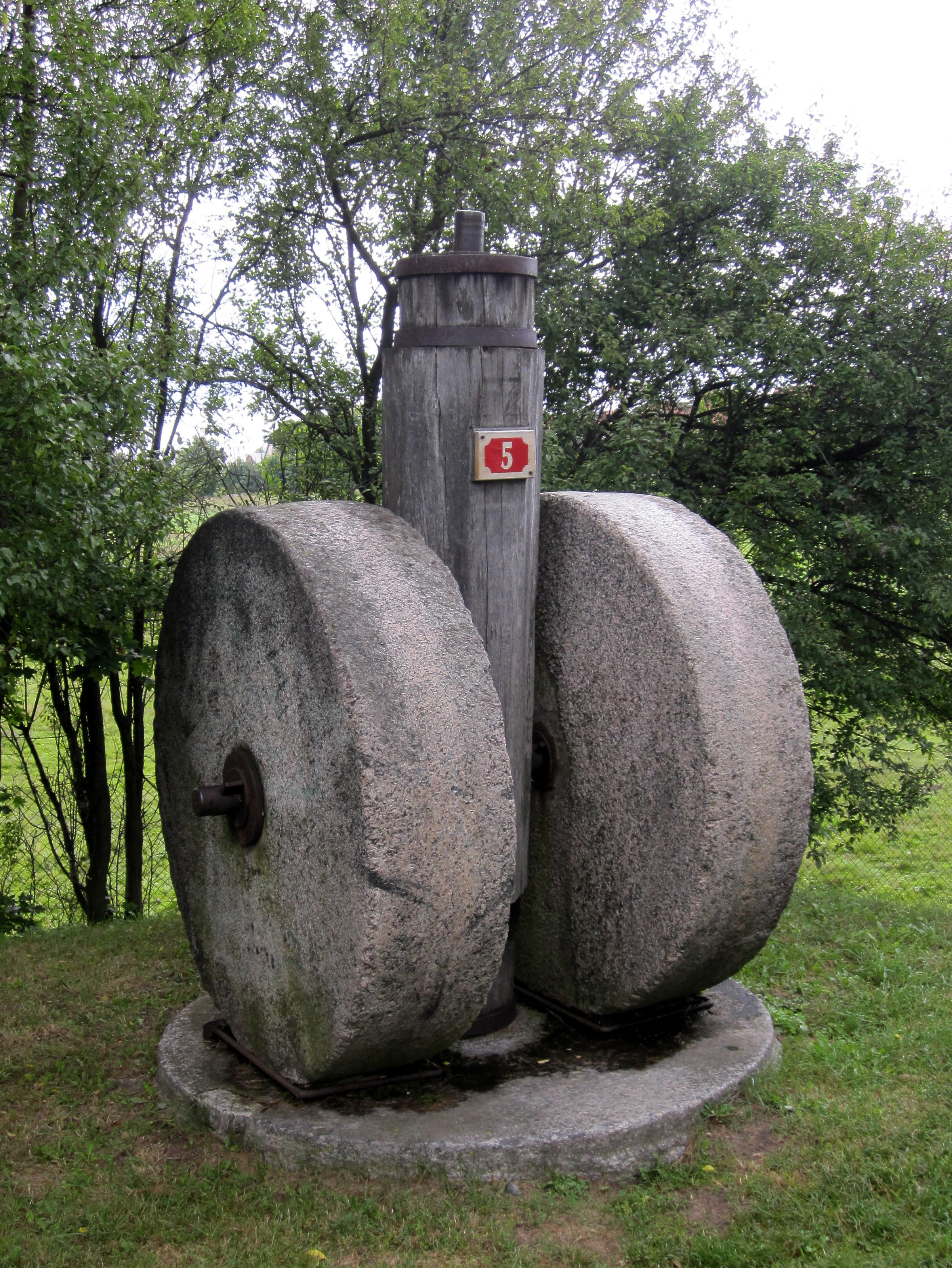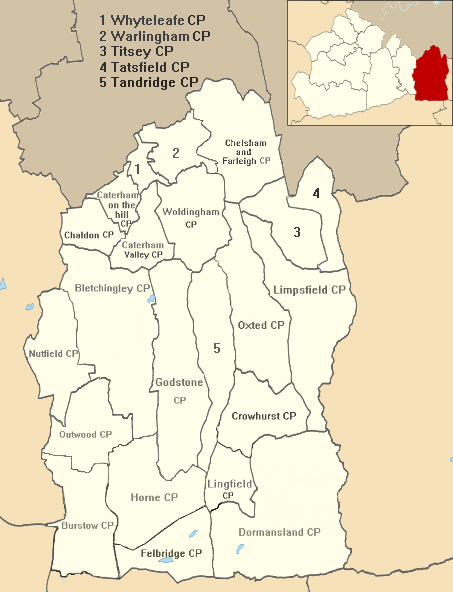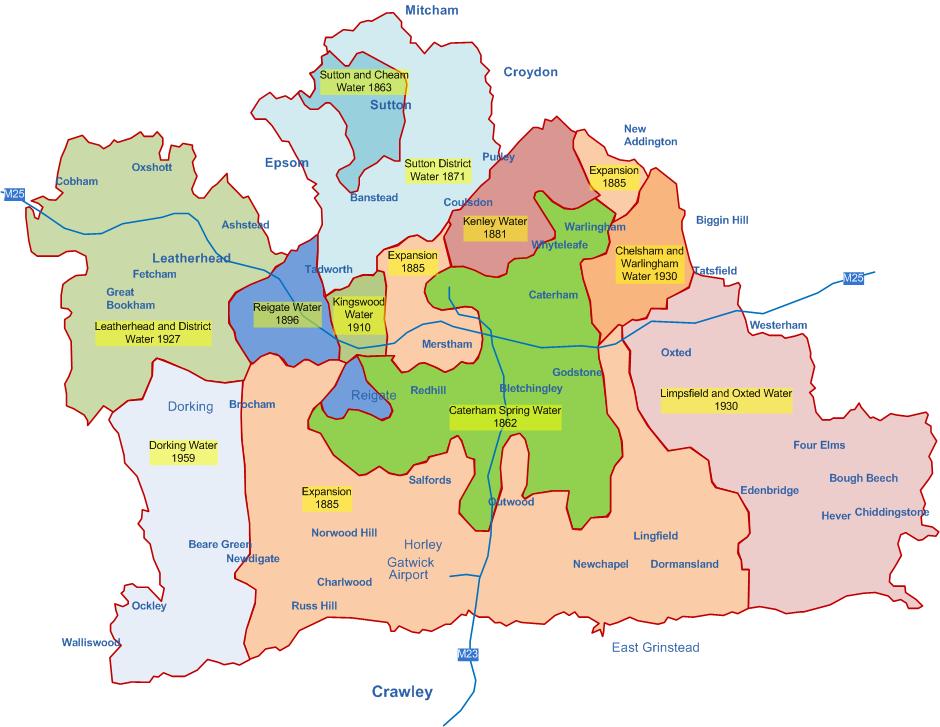|
River Eden, Kent
The River Eden is a tributary of the River Medway in south east England. It rises at the foot of the North Downs escarpment near Titsey in Surrey and runs initially southwards through Oxted before turning eastwards to enter Kent. After flowing through Edenbridge and passing Hever Castle, the Eden meets the Medway at Penshurst.''Issues'' at The name 'Eden' is a back-formation from Edenbridge, (''Eadhelmsbrigge'' (Eadhelm's Bridge) in Old English). Course The Eden rises at the foot of the North Downs in Titsey parish, Surrey (grid reference TQ 420 551), about 350 metres north of Clacket Lane motorway services. It initially runs southwestwards through Oxted, before turning south. From its source to its confluence with the Gibbs Brook (which it meets to the north of Crowhurst), the Eden is also known as the Broadmead Water. Downstream of Haxted Mill, the river meets its principal tributary, the Eden Brook, and turns eastwards to enter Kent above Edenbridge. The ... [...More Info...] [...Related Items...] OR: [Wikipedia] [Google] [Baidu] |
England
England is a country that is part of the United Kingdom. It shares land borders with Wales to its west and Scotland to its north. The Irish Sea lies northwest and the Celtic Sea to the southwest. It is separated from continental Europe by the North Sea to the east and the English Channel to the south. The country covers five-eighths of the island of Great Britain, which lies in the North Atlantic, and includes over 100 smaller islands, such as the Isles of Scilly and the Isle of Wight. The area now called England was first inhabited by modern humans during the Upper Paleolithic period, but takes its name from the Angles, a Germanic tribe deriving its name from the Anglia peninsula, who settled during the 5th and 6th centuries. England became a unified state in the 10th century and has had a significant cultural and legal impact on the wider world since the Age of Discovery, which began during the 15th century. The English language, the Anglican Church, and Engli ... [...More Info...] [...Related Items...] OR: [Wikipedia] [Google] [Baidu] |
Haxted Watermill
Haxted Watermill is a much-restored Grade II listed watermill in Surrey, England, close to the border with Kent, and is powered by the River Eden. History The mill was first mentioned in the will of Sir Reginald de Cobham in 1361. The western half of the current building, constructed on the foundations of the 14th Century mill, dates to about 1680 and the eastern half dates to 1797. The mill was last used to grind flour in 1919 but worked until 1945, grinding meal for local farmers. The last miller was Thomas Stanford whose family had operated the mill for the previous two centuries. Purchased by Mr Woodrow in 1949, he spent the next twenty years restoring the machinery to working order. The mill was opened as a museum of water milling and water pumping in 1966. In recent years it has operated as a bar and brasserie but is now closed. In 2016, planning permission was granted to site three shepherd huts on the adjoining site as guest accommodation for visitors to the mill. Ma ... [...More Info...] [...Related Items...] OR: [Wikipedia] [Google] [Baidu] |
Roller Mill
Roller mills are mills that use cylindrical rollers, either in opposing pairs or against flat plates, to crush or grind various materials, such as grain, ore, gravel, plastic, and others. Roller grain mills are an alternative to traditional millstone arrangements in gristmills. Roller mills for rock complement other types of mills, such as ball mills and hammermills, in such industries as the mining and processing of ore and construction aggregate; cement milling; and recycling. Types Two-roller mills Two-roller mills are the simplest variety, in which the material is crushed between two rollers before it continues on to its final destination. The spacing between these two rollers can be adjusted by the operator. Thinner spacing usually leads to that material being crushed into smaller pieces. Four-roller mills Four-roller mills have two sets of rollers. When using a four-roller mill to mill grain, the grain first goes through rollers with a rather wide gap, which se ... [...More Info...] [...Related Items...] OR: [Wikipedia] [Google] [Baidu] |
Corn Mill
A gristmill (also: grist mill, corn mill, flour mill, feed mill or feedmill) grinds cereal grain into flour and middlings. The term can refer to either the grinding mechanism or the building that holds it. Grist is grain that has been separated from its chaff in preparation for grinding. History Early history The Greek geographer Strabo reports in his ''Geography'' a water-powered grain-mill to have existed near the palace of king Mithradates VI Eupator at Cabira, Asia Minor, before 71 BC. The early mills had horizontal paddle wheels, an arrangement which later became known as the " Norse wheel", as many were found in Scandinavia. The paddle wheel was attached to a shaft which was, in turn, attached to the centre of the millstone called the "runner stone". The turning force produced by the water on the paddles was transferred directly to the runner stone, causing it to grind against a stationary "bed", a stone of a similar size and shape. This simple arrangement requ ... [...More Info...] [...Related Items...] OR: [Wikipedia] [Google] [Baidu] |
Limpsfield
Limpsfield is a village and civil parish in Surrey, England, at the foot of the North Downs close to Oxted railway station and the A25.Online map distance reference tool Retrieved 27 April 2012 The composer and orchestral conductor Sir are buried in the village churchyard and there are 89 s. History The village lay within the[...More Info...] [...Related Items...] OR: [Wikipedia] [Google] [Baidu] |
Domesday
Domesday Book () – the Middle English spelling of "Doomsday Book" – is a manuscript record of the "Great Survey" of much of England and parts of Wales completed in 1086 by order of King William I, known as William the Conqueror. The manuscript was originally known by the Latin name ''Liber de Wintonia'', meaning "Book of Winchester", where it was originally kept in the royal treasury. The ''Anglo-Saxon Chronicle'' states that in 1085 the king sent his agents to survey every shire in England, to list his holdings and dues owed to him. Written in Medieval Latin, it was highly abbreviated and included some vernacular native terms without Latin equivalents. The survey's main purpose was to record the annual value of every piece of landed property to its lord, and the resources in land, manpower, and livestock from which the value derived. The name "Domesday Book" came into use in the 12th century. Richard FitzNeal wrote in the '' Dialogus de Scaccario'' ( 1179) that the boo ... [...More Info...] [...Related Items...] OR: [Wikipedia] [Google] [Baidu] |
Norman Conquest Of England
The Norman Conquest (or the Conquest) was the 11th-century invasion and occupation of England by an army made up of thousands of Norman, Breton, Flemish, and French troops, all led by the Duke of Normandy, later styled William the Conqueror. William's claim to the English throne derived from his familial relationship with the childless Anglo-Saxon king Edward the Confessor, who may have encouraged William's hopes for the throne. Edward died in January 1066 and was succeeded by his brother-in-law Harold Godwinson. The Norwegian king Harald Hardrada invaded northern England in September 1066 and was victorious at the Battle of Fulford on 20 September, but Godwinson's army defeated and killed Hardrada at the Battle of Stamford Bridge on 25 September. Three days later on 28 September, William's invasion force of thousands of men and hundreds of ships landed at Pevensey in Sussex in southern England. Harold marched south to oppose him, leaving a significant portion of hi ... [...More Info...] [...Related Items...] OR: [Wikipedia] [Google] [Baidu] |
Fulling Mill
Fulling, also known as felting, tucking or walking ( Scots: ''waukin'', hence often spelled waulking in Scottish English), is a step in woollen clothmaking which involves the cleansing of woven or knitted cloth (particularly wool) to eliminate (lanoline) oils, dirt, and other impurities, and to make it shrink by friction and pressure. The work delivers a smooth, tightly finished fabric that is isolating and water repellent. Well known example are duffel cloth, first produced in Flanders in the 14th century and loden, produced in Austria from the 16th century on. The practice to do this by hand or feet died out with the introduction of machines during the industrial revolution. Process Fulling involves two processes: scouring and milling (thickening). Originally, fulling was carried out by the pounding of the woollen cloth with a club, or the fuller's feet or hands. In Scottish Gaelic tradition, this process was accompanied by waulking songs, which women sang to set th ... [...More Info...] [...Related Items...] OR: [Wikipedia] [Google] [Baidu] |
Watermills
A watermill or water mill is a mill that uses hydropower. It is a structure that uses a water wheel or water turbine to drive a mechanical process such as milling (grinding), rolling, or hammering. Such processes are needed in the production of many material goods, including flour, lumber, paper, textiles, and many metal products. These watermills may comprise gristmills, sawmills, paper mills, textile mills, hammermills, trip hammering mills, rolling mills, wire drawing mills. One major way to classify watermills is by wheel orientation (vertical or horizontal), one powered by a vertical waterwheel through a gear mechanism, and the other equipped with a horizontal waterwheel without such a mechanism. The former type can be further divided, depending on where the water hits the wheel paddles, into undershot, overshot, breastshot and pitchback (backshot or reverse shot) waterwheel mills. Another way to classify water mills is by an essential trait about their location: tide mills ... [...More Info...] [...Related Items...] OR: [Wikipedia] [Google] [Baidu] |
SES Water
SES Water is the UK water supply company to its designated area of east Surrey, West Sussex, west Kent and south London serving in excess of 282,000 homes and businesses and a population of approximately 675,000 people. An area of , extending from Morden and South Croydon in the north to Gatwick Airport in the south, and from Cobham and Dorking in the west to Edenbridge and Bough Beech in the east forms the company's supply area. Corporate status Sutton and East Surrey Water (trading as SES Water since 2017) is a public limited company registered in England and Wales with company number 2447875, that is not Stock Exchange Listed, and is East Surrey Water plc renamed following a 1996 merger.. In 2013, the Japanese trading company Sumitomo Corp. acquired Summit Water UK Ltd, the holding company of Sutton and East Surrey Water plc for £164.5m. Later in the year Sumitomo sold half of the holding in Summit Water to Osaka Gas Co., with the joint venture being renamed as Sumish ... [...More Info...] [...Related Items...] OR: [Wikipedia] [Google] [Baidu] |
Bough Beech
Over Bough Beech Reservoir Bough Beech is a hamlet in the county of Kent, England, and is south of the Bough Beech Reservoir. It is located approximately three miles east of Edenbridge (of which it is part) and five miles south west of Sevenoaks. It is in the civil parish of Chiddingstone. The reservoir is a nature reserve, in particular for bird watching; it is especially important for migrating osprey, though they are a rare sight now the reservoir is no longer stocked with trout. The reservoir is owned by the SES Water Company, who supply tap water to settlements west of the reservoir; including Gatwick Airport in West Sussex and Morden in south London. The hamlet of Bough Beech is close to the Redhill to Tonbridge Line Redhill may refer to: Places England * Redhill, Bournemouth, Dorset * Redhill, Herefordshire, a location * Redhill, Nottinghamshire * Redhill, Hook-a-Gate, Shropshire * Redhill, Sheriffhales, Shropshire * Redhill, Telford, a location in Shrops ... and ... [...More Info...] [...Related Items...] OR: [Wikipedia] [Google] [Baidu] |








